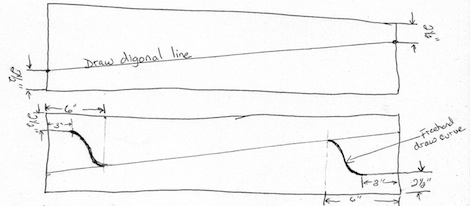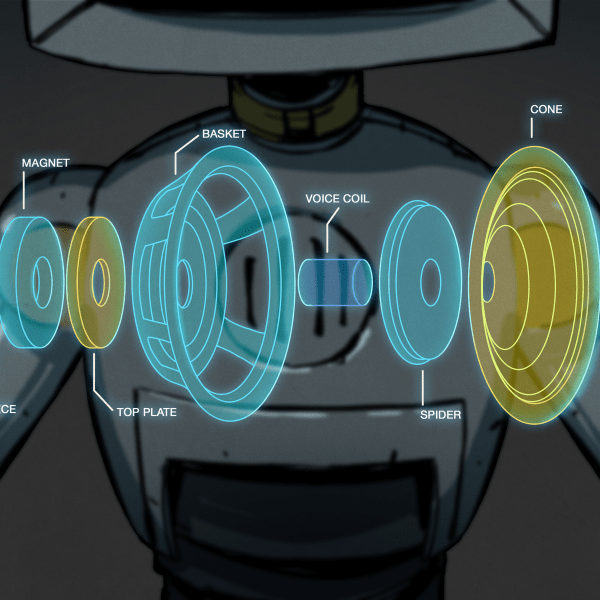
Looks like New York’s fire brigade confiscated all of the gas (or bio-diesel) generators from Occupy Wall Street protesters in Zuccotti Park. Apparently the Fire Chief cites the generators as a fire hazard. This seems a dubious claim. One of the shots in the video after the break clearly shows fire extinguishers close at hand, but we’re no experts on fire code. We’d bet the concern is having combustibles around if the scene turns violent… or just wanting to pressure the group with the loss of a heat source.
Instead of going without, the movement received help from a neighboring protest group in Boston. Bicycle power replaces the missing generators as volunteers pedal to produce electricity. Students from MIT plied their skills to help design multiple charging stations that can be used by the community. It won’t be enough to provide heat for the ongoing occupiers, but it does let them charge their electronic devices which helps ensure that current information is still flowing out of this epicenter of activity.
Does anyone have any ideas for hacking up a heat source that won’t ruffle the feathers of local officials? If so, leave a comment. And if you’ve already got a post written up on the topic don’t be afraid to send in a tip about it. Continue reading “Occupy Rigs Up Human-power After Generators Are Confiscated”


















